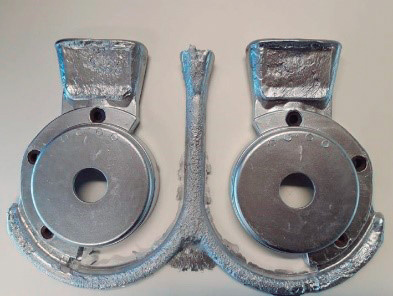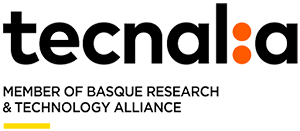ALUREC
OBTAINING PRIMARY ALUMINIUM FROM RECYCLED ALUMINIUM
BEFESA GENERATES 60,000 TONNES OF PAVAL PER YEAR, a byproduct of the recovery of salt slag with more than 60% weight of aluminium oxide, which also contains aluminium hydroxide and a series of salts and oxides that prevent its recovery by electrolysis to obtain primary aluminium. The mixture of metal oxides that makes up Paval offers the possibility of obtaining complex aluminium alloys with these metal elements from their oxides, which would reduce the need to obtain these alloying elements (copper, titanium, manganese) through other electrolytic processes and further processing required to be incorporated into the final alloy, thus drastically reducing the energy required and metal wastage that occurs during alloying.
BEFESA, a leading company in technological solutions for aluminium recycling, leads ALUREC with the collaboration of ECOINDAL, aluminium producing and processing company, and TECNALIA Technological Centre.

DRIVING FACTOR


 OBJECTIVES
OBJECTIVES
- Demonstrate the technological possibility of obtaining calcined alumina in sufficient quality to be used as a raw material in the manufacture of primary aluminium alloys by electrolysis, from low-quality alumina from the recovery of salt slags (paval).
- Assess the feasibility of a line to obtain aluminium alloys from paval by electrolysis and validate the product value chain, through the participation of ECOINDAL to evaluate new alloys from the production and quality point of view.
 RESULTS
RESULTS
- Validation of aluminium alloys for die casting using aluminium alloy obtained by electrolysis of calcined secondary alumina.
- Prototypes of real parts were obtained in a real environment.
- Verified mechanical properties of the tested parts meeting the requirements of the end customer.
- Trade secret and a patent (at application stage) were obtained to protect the project results.
- This implementation will save 28,000 tonnes of CO2 equivalent emissions per year and 20,000 tonnes of raw materials per year.
 CONCLUSIONS
CONCLUSIONS
- The economic viability of the project has also been determined, setting up the approximate costs of industrialisation and paval processing, as well as industrial margins. Investment and energy costs are high, but the estimated operating margin is similar to that estimated at the start of the project.
- Efforts to market the developed product need to be oriented to companies producing primary alloys worldwide, while maintaining the possibility of implementing the process internally in the future.
- Primary aluminium manufacturers have been approached to conduct semi-industrial trials with the calcined alumina obtained, focusing on a closed-loop process that avoids the emission of large amounts of CO2 and red sludge.
ENVIRONMENTAL
TECHNICAL
ECONOMIC
COMMERCIAL
ON THE MARKET


